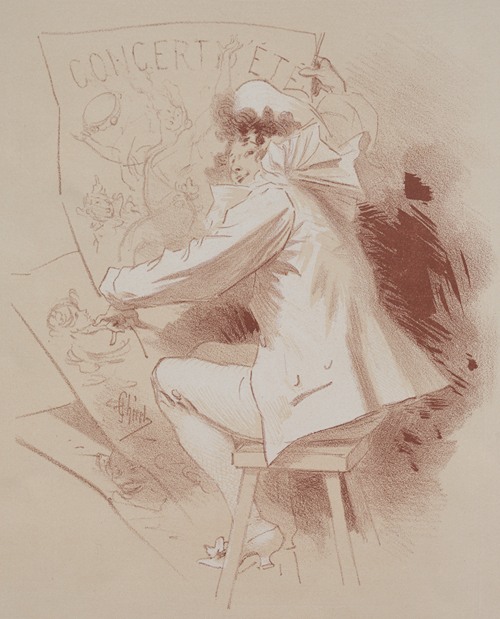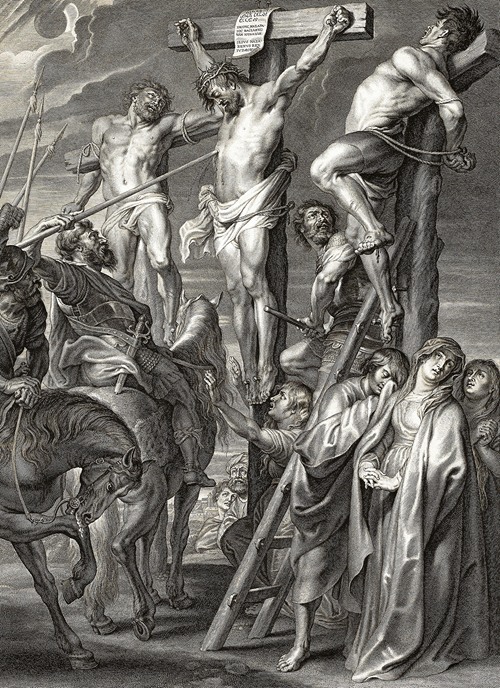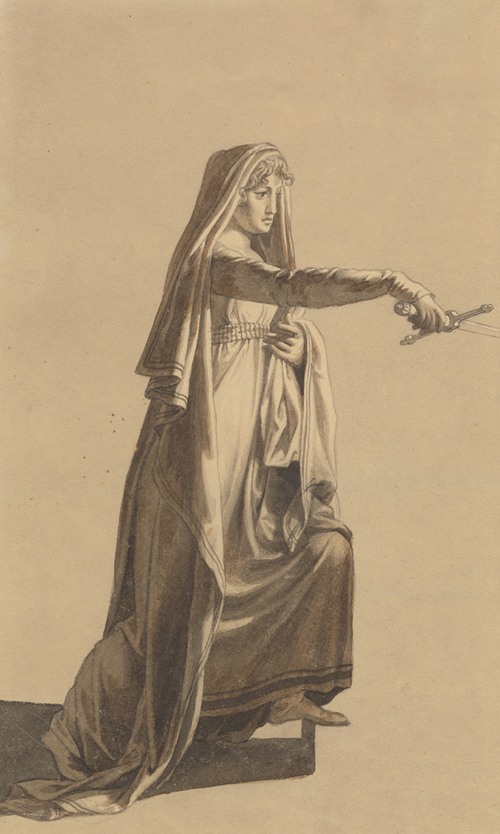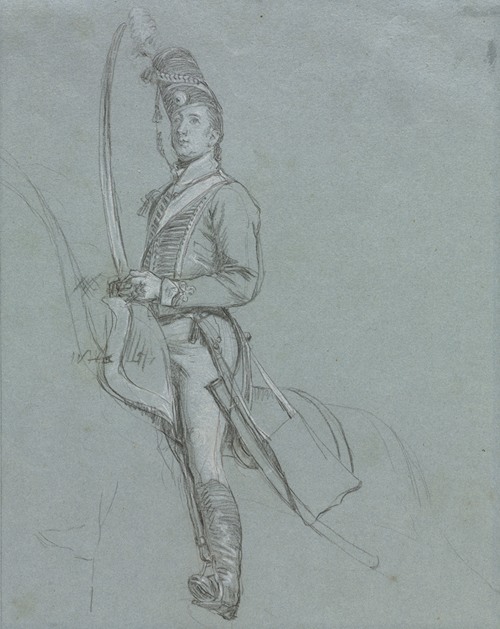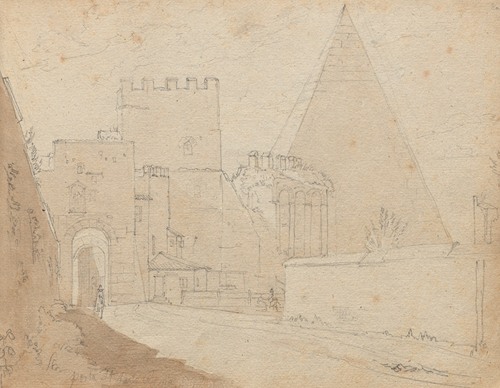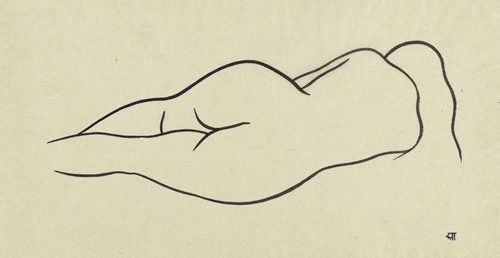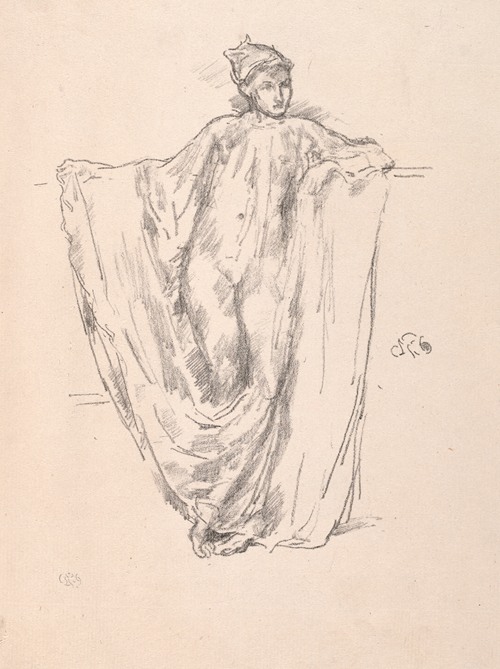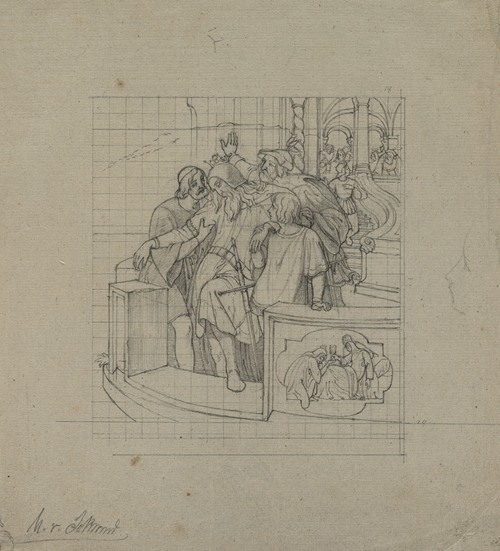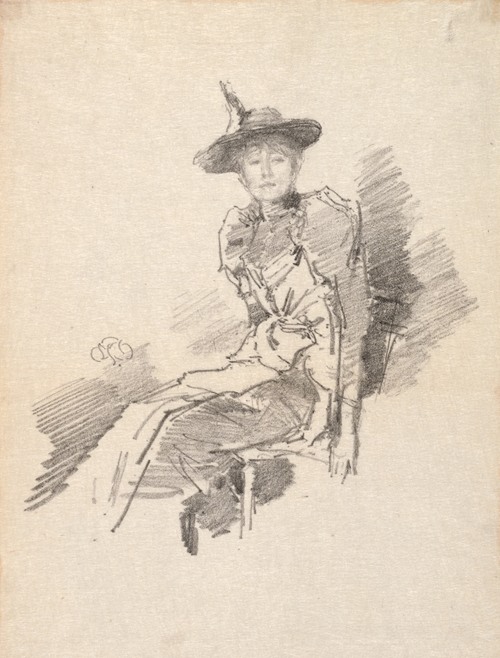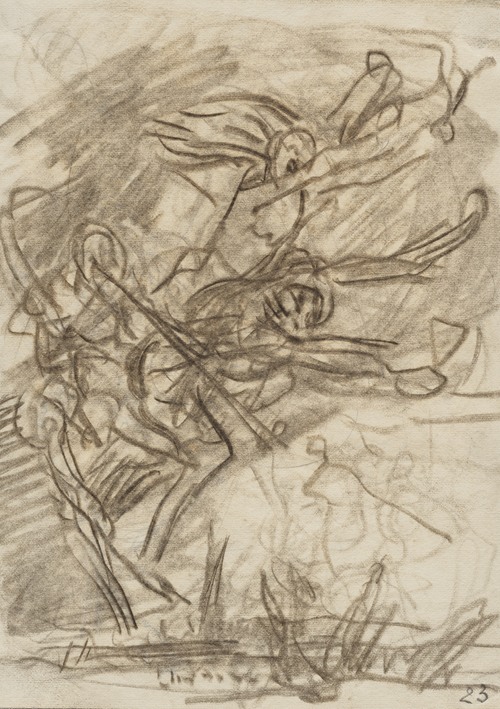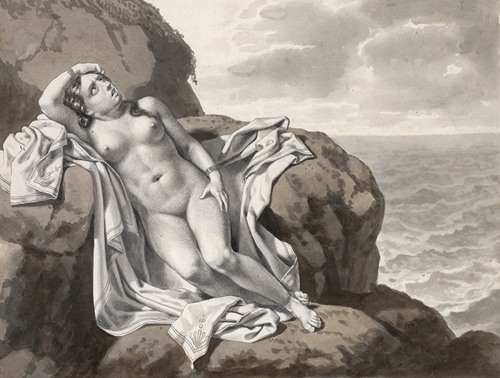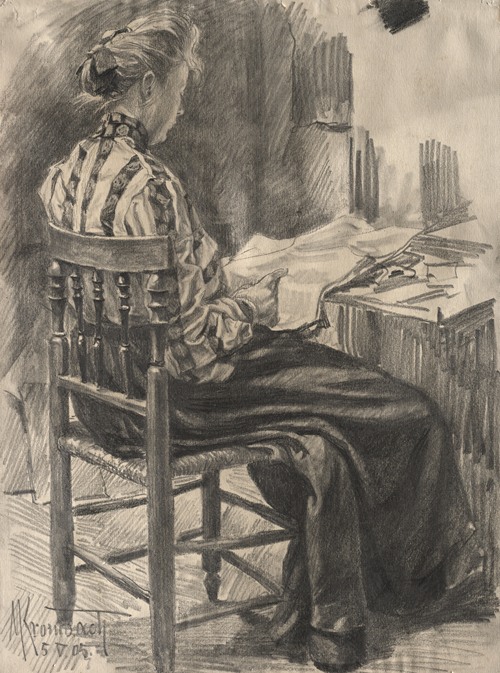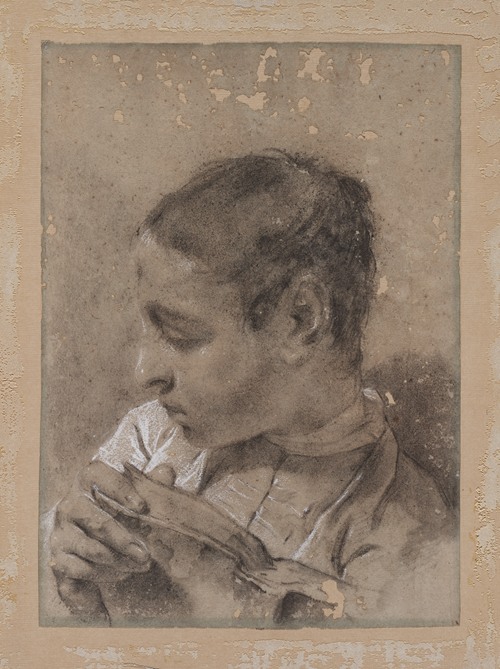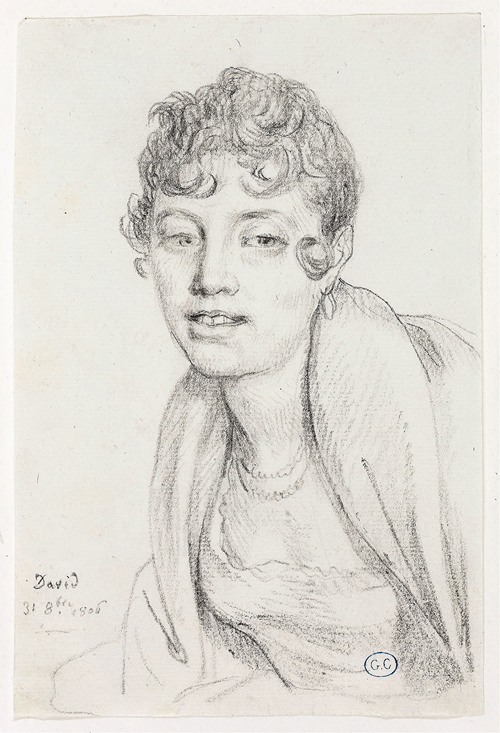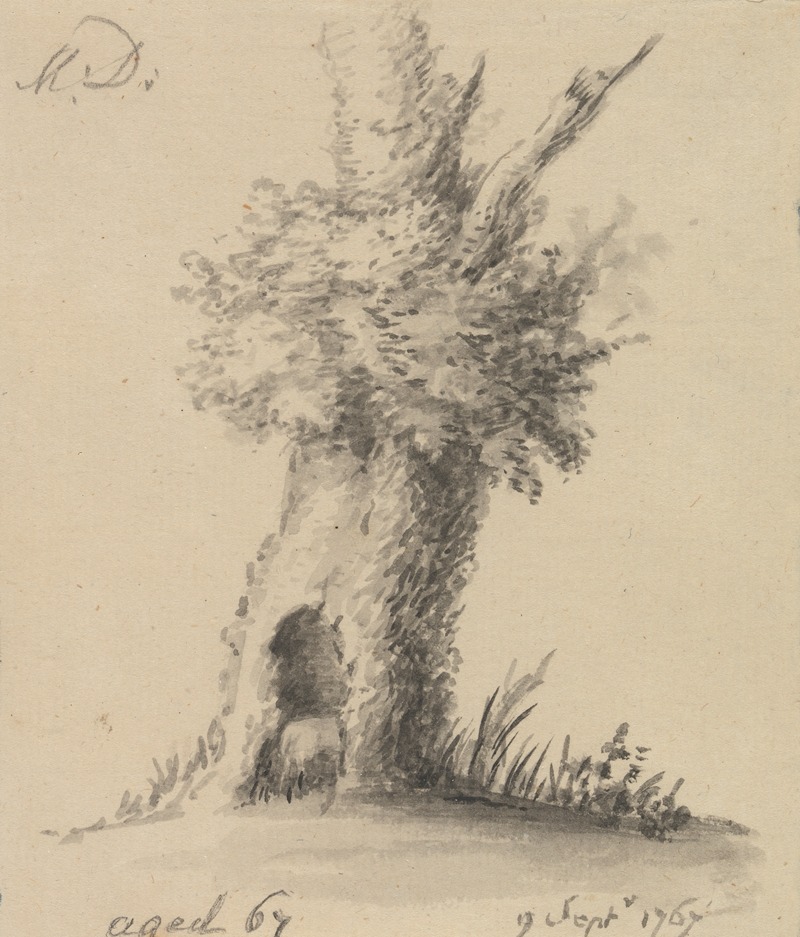
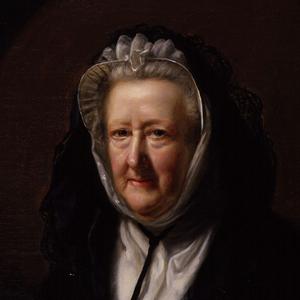
Mary Delany later Mary Pendarves (née Granville) was an English artist, letter-writer, and bluestocking, known for her "paper-mosaicks" and botanic drawing, needlework and her lively correspondence.
Mary Delany was born at Coulston, Wiltshire, the daughter of Colonel Bernard Granville by his marriage to Mary Westcombe, loyal Tory supporters of the Stuart Crown. She was a niece of George Granville, 1st Baron Lansdowne, her father's brother.
Mary had one older brother, Bernard (1699), known as Bunny; a younger brother Bevil, born between 1702 and 1706; and a sister, Anne (1707) who married John Dewes (D'Ewes).
When Mary was young, her parents moved the family to London, and she attended a school taught by a French refugee, Mademoiselle Puelle. Mary came into close contact with the Court when she was sent to live with her aunt, Lady Stanley, who was childless – the intention being that she would eventually become a Maid of Honour.
While living with Lady Stanley, Mary became learned in "English, French, history, music, needlework and dancing...". She came into contact with Handel while at the household, listening to music he had composed; for the rest of her life she was a close personal friend and loyal supporter of the composer. Mary's hopes to become a lady in waiting were dashed by Queen Anne's death in 1714, which led to a change in power, and a Hanoverian on the throne, supported by the Whigs. The Granvilles moved to a manor at Buckland in Gloucestershire, where they became isolated from English society. However, Mary was able to continue her education and her pursuit of paper cutting, which had developed at an early age.
Near the end of 1717 Mary was invited to stay with her uncle, Lord Lansdowne, in Wiltshire. She was introduced to Alexander Pendarves during this stay, and it soon became clear that her family had an interest in a marriage between the two. Pendarves was Member of Parliament for Launceston and 60 years old, while Mary was 17.
In February 1718 she was unhappily married to him, a marriage brought on by her parents' financial dependence on Lord Lansdowne, and Lord Lansdowne's hope to gain political influence.
The Pendarveses left for Roscrow Castle near Falmouth in west Cornwall in April; once settled, Mrs Pendarves was able to enjoy the views that Roscrow offered, and was able to spend time riding. Mr Pendarves's gout grew worse as the year progressed, and in the second year of their marriage, Mrs Pendarves was forced to nurse her ailing husband, and pass her time sewing and painting flowers. In 1721, the two took a house in London and there, though Mr Pendarves began to drink excessively, Mrs Pendarves was reunited with many of her old friends. In 1725, Mr Pendarves died suddenly in his sleep. He had not altered his will after his marriage, and so Mrs Pendarves did not inherit what remained of his estate. "Mr. Pendarves, concerned with the bottle that allowed him to forget the loss of part of his fortune, had had no time to consider settling the rest of it on his wife."
Despite her lack of resources, widowhood provided new opportunities for Mrs Pendarves. Widows, unlike unmarried women, were able to move freely in society, and for the first time in her life, Mrs Pendarves was able to pursue her own interests without the oversight of any man. Perhaps because of her own unhappy marriage, she was not satisfied with the options available to women in the 18th century. She wrote,
Why must women be driven to the necessity of marrying? a state that should always be a matter of choice! and if a young woman has not fortune sufficient to maintain her in the situation she has been bred to, what can she do, but marry?"
Mrs Pendarves was a very perceptive woman, "She judged everything and everybody for herself; and, while ridiculing all empty-headed or vain insipidity, whether fashionable or eccentric, was always ready to applaud the unusual, if sincere and worthy. She was eager in the acquisition of knowledge of all kinds to the end of her life..."
Because she had no home of her own, after her first husband's death Mrs Pendarves spent time living with various relatives and friends. A wealthy friend, the Duchess of Portland, included Mary in her artistic and scientific "Hive" where she met Joseph Banks, the botanist, and she visited his home to see samples and drawings from his travels with Captain Cook. She bred plants, drew and painted with needlework these exotic flora.
To begin with, she lived with her aunt and uncle Stanley, and after her aunt's death, she spent time in Ireland with the family of her friend Mrs Donellan. In Ireland, Mrs Pendarves made the acquaintance of Dr Patrick Delany, an Irish clergyman who was already married to a rich widow, Margaret Tenison. It was not until 1743, two years after the death of his first wife, that on a trip to London Dr Delany proposed to Mrs Pendarves, much to the dismay of her family. They were married in June 1743.
The Delanys passed a year in London before moving to Dublin, where Dr Delany had a home. They also rented Mount Panther in County Down and during their first year in the house Patrick was made Dean of Down. Both husband and wife were very interested in botany and gardening:
"Their mutual pleasure in their garden at Delville near Dublin in particular, his encouragement of her gardening, painting, shell-work and needlework resulted in a surge of activity in a variety of media in all of which the basic theme was the flower, whether in stocking the Delville garden, painting garden landscapes, decorating interiors with shells, or working embroideries."
After twenty-five years of marriage, most of it spent in Ireland, Dr Delany died in Bath, England, on 6 May 1768 at the age of eighty-four, and Mrs Delany, now sixty-eight, found herself again a widow.
As a widow, Mary Delany spent even more of her time at Bulstrode, the home of her close friend, Margaret Bentinck, Dowager Duchess of Portland. The two shared an interest in botany, often going out to look for specific specimens. It was during her frequent stays at Bulstrode that Mary became acquainted with two well-known botanists of the time: Joseph Banks and Daniel Solander. This contact with the botanists encouraged Mary's interest in botany and also developed the knowledge on which many of her flower paper-cuttings are based.. In 1769, she translated William Hudson's (1762) Flora Anglica into English. Although her translation remained unpublished, Delany's intervention in the text provides a clear glimpse into her botanical knowledge.
Mary Delany died on 15 April 1788. There is a memorial to her in St James's Church, Piccadilly.
